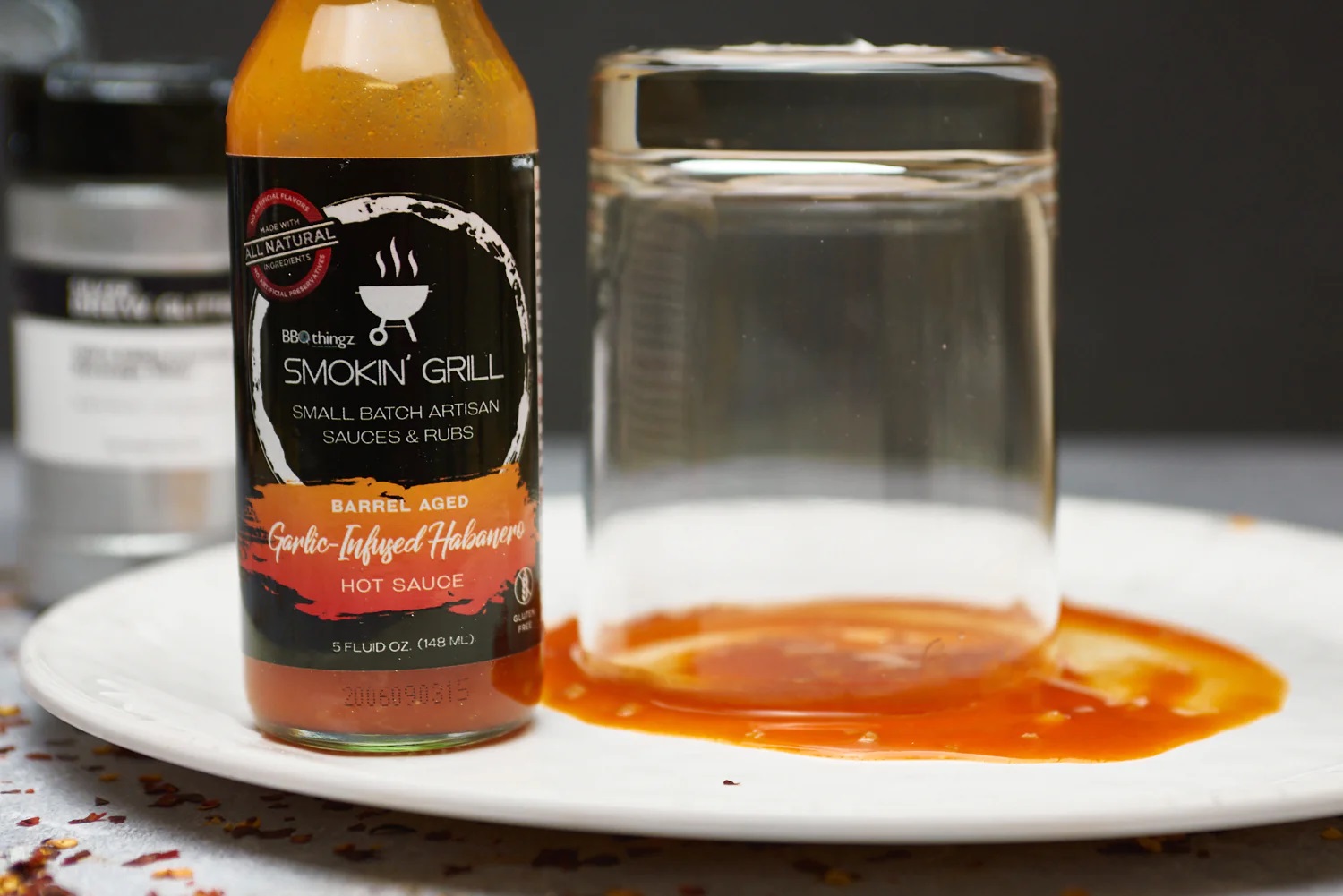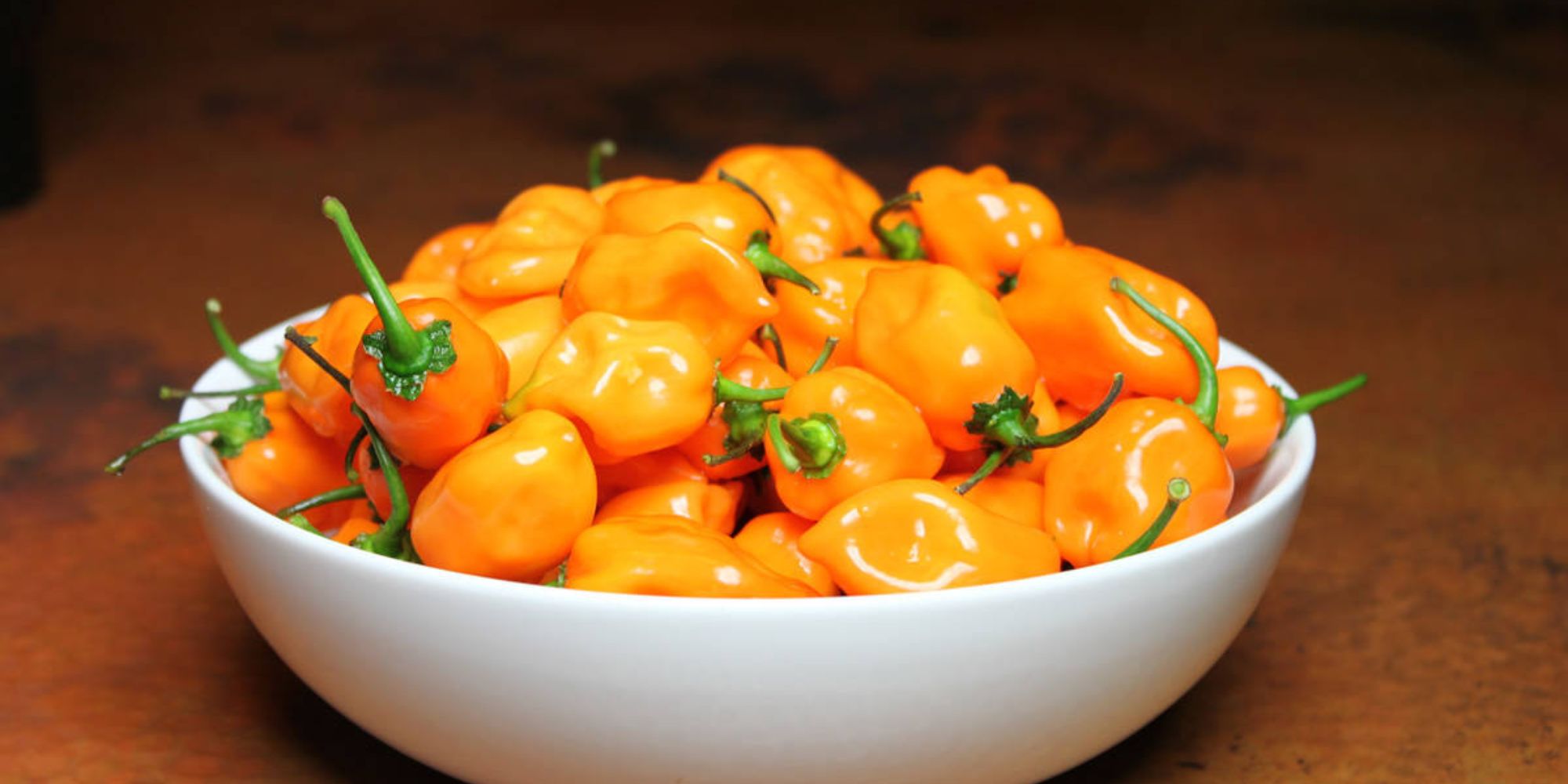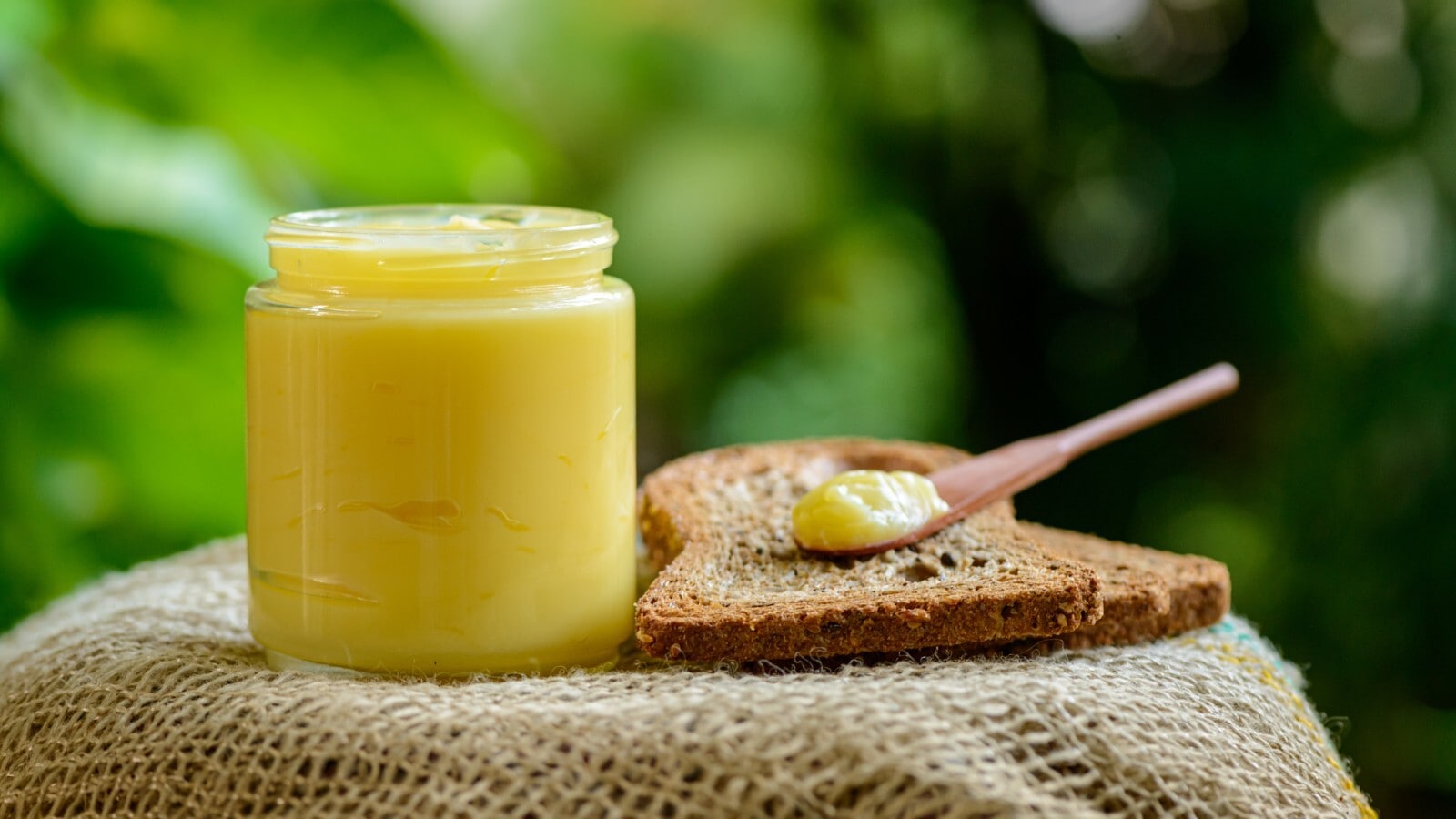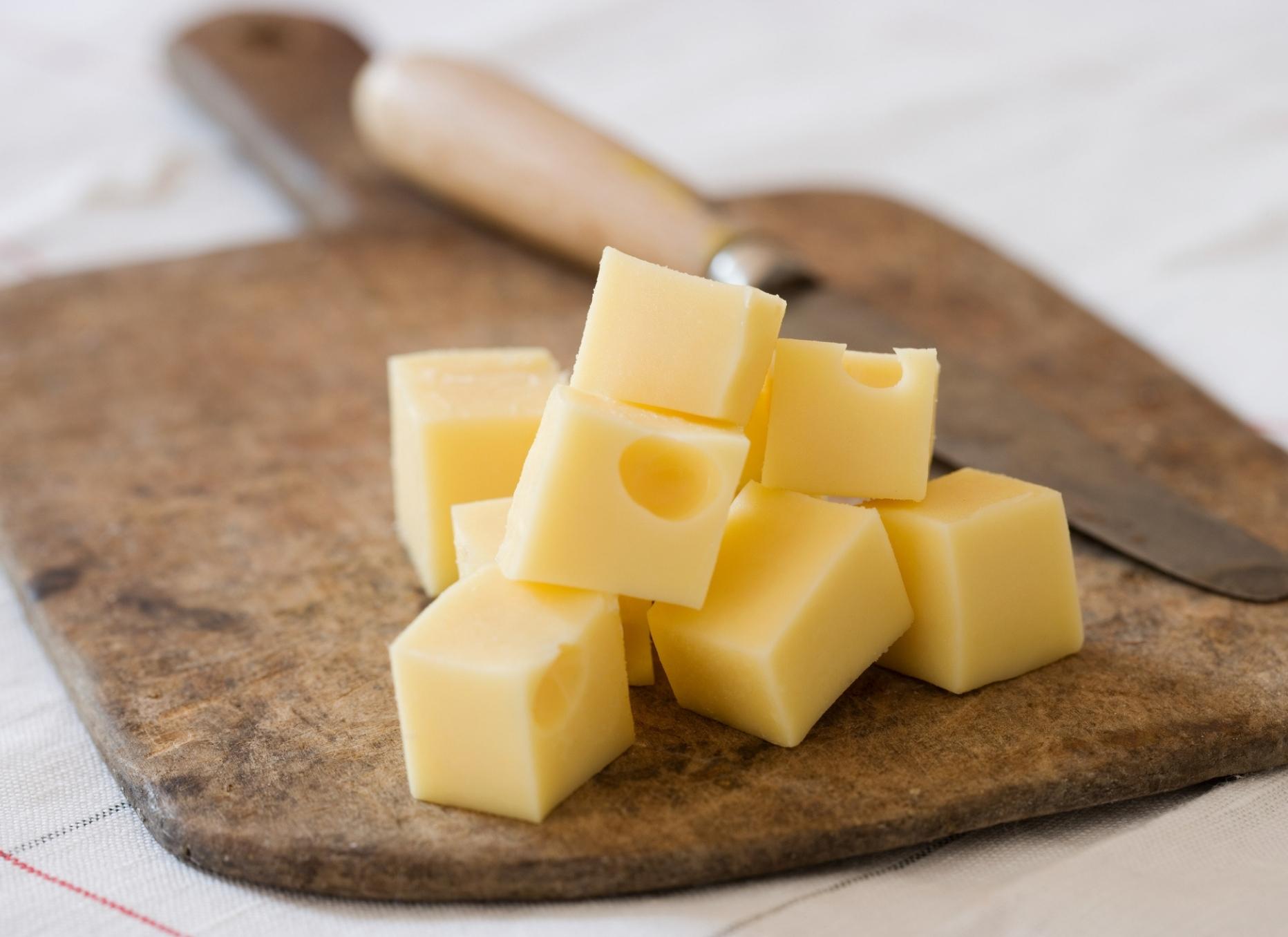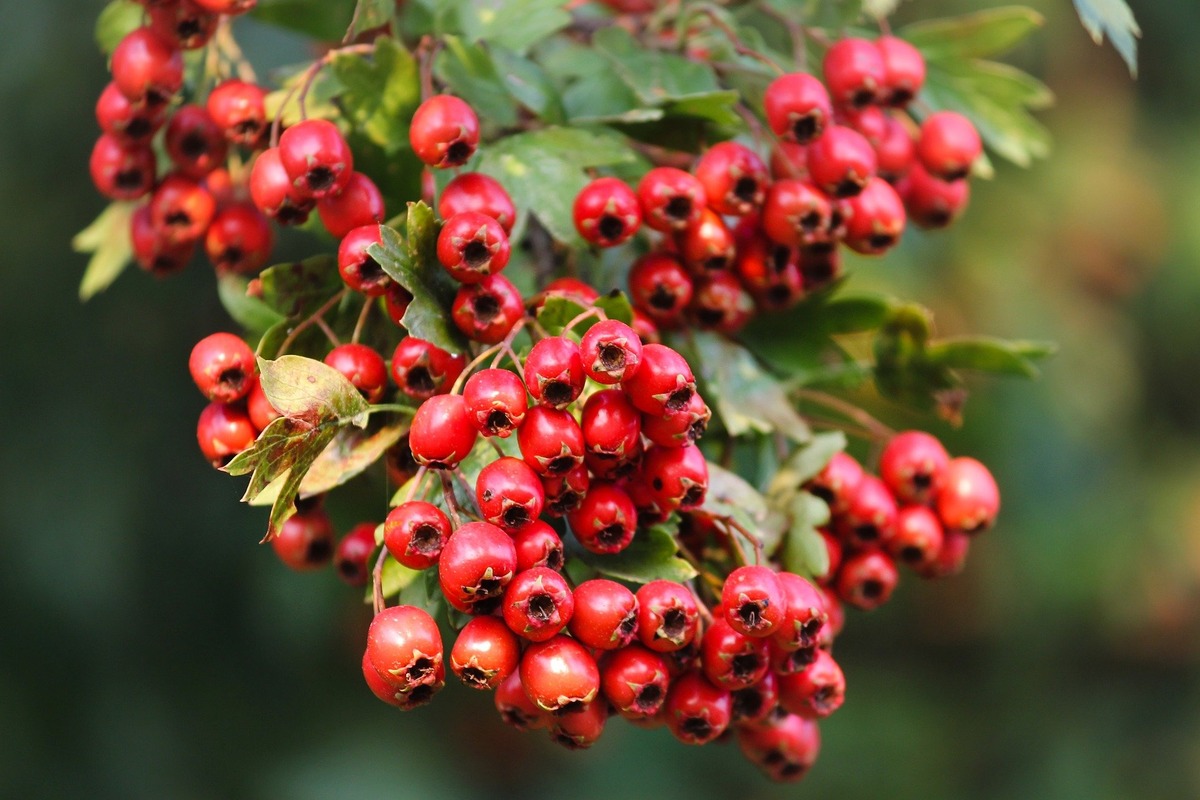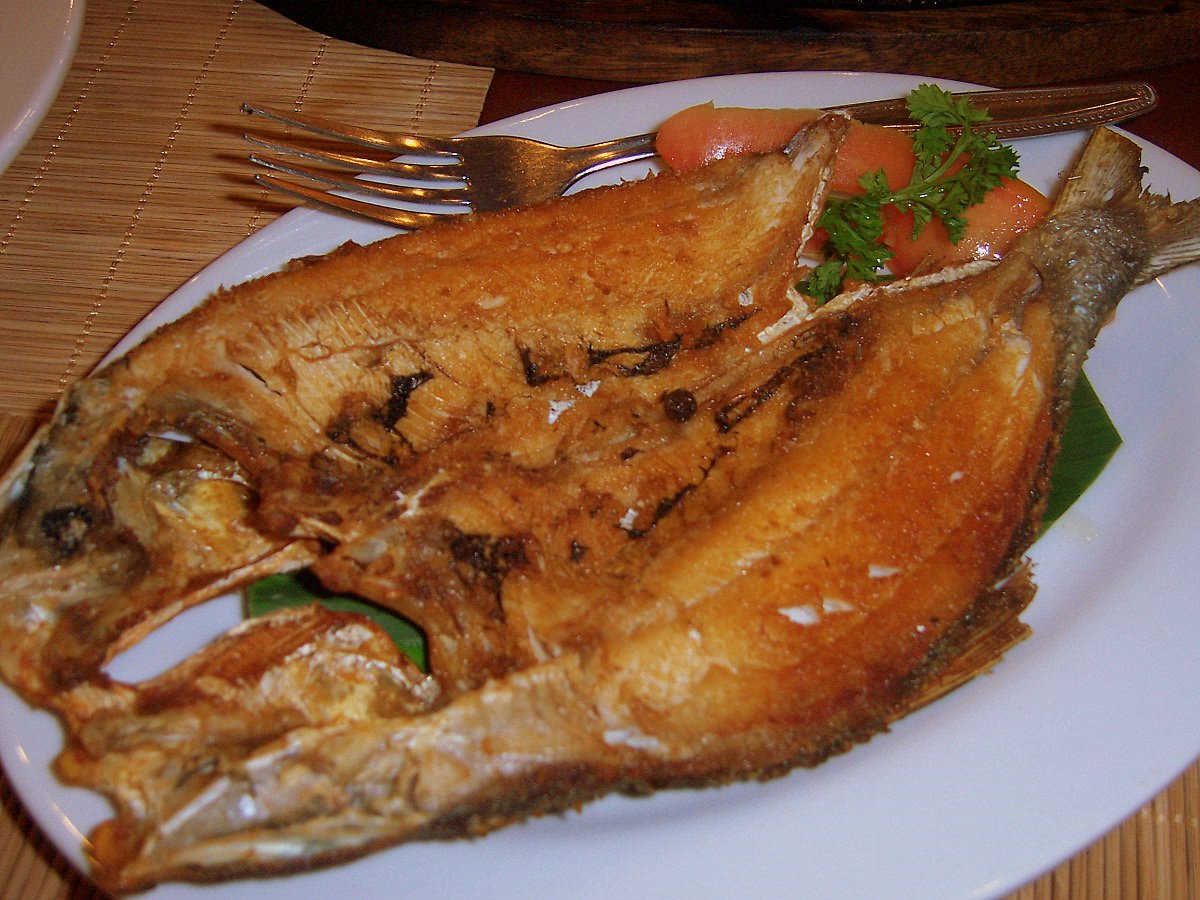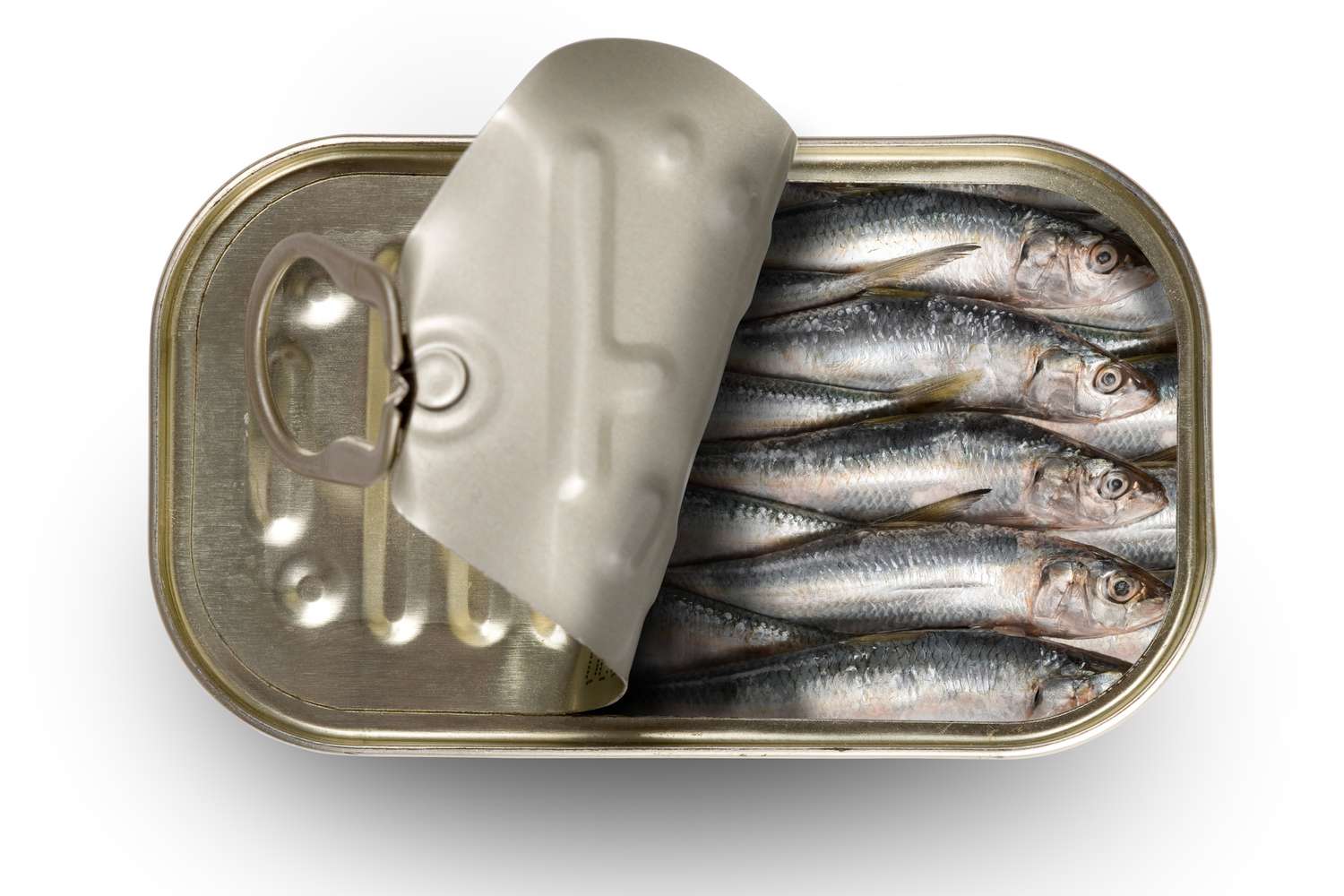Spice Up Your Life: A Guide to Eating Habanero Peppers
Are you ready to take your taste buds on a fiery adventure? Habanero peppers are known for their intense heat and fruity flavor, making them a popular choice for adding a kick to dishes. However, eating habanero peppers requires some caution and preparation to fully enjoy their unique taste without feeling overwhelmed by the heat. In this guide, we’ll explore the best ways to eat habanero peppers and savor their flavor without getting burned.
Choose the Right Habanero Pepper
Before diving into the world of habanero peppers, it’s important to select the right pepper for your taste preferences. When shopping for habaneros, look for peppers that are firm, smooth, and free from blemishes. The color of habanero peppers can range from green to orange to red, with the red ones generally being the ripest and hottest. If you’re new to eating habanero peppers, you may want to start with a milder variety, such as the orange habanero, before working your way up to the spicier red varieties.
Handling and Preparing Habanero Peppers
Before eating habanero peppers, it’s essential to handle and prepare them with care. The capsaicin in habaneros is what gives them their heat, and it can cause a burning sensation if it comes into contact with your skin or eyes. To protect yourself, consider wearing gloves while handling habanero peppers, and be sure to wash your hands thoroughly with soap and water afterward. When preparing habaneros for consumption, you can remove the seeds and membranes to reduce the heat level, or leave them intact for a more intense experience.
Ways to Enjoy Habanero Peppers
There are numerous ways to incorporate habanero peppers into your meals, allowing you to experience their bold flavor and heat in various forms. Here are some popular methods for enjoying habanero peppers:
- Raw: For the bravest heat-seekers, eating habanero peppers raw is a straightforward way to experience their full intensity. Be prepared for a fiery kick!
- Sliced or Diced: Adding sliced or diced habanero peppers to salsas, salads, or marinades can infuse your dishes with a burst of heat and flavor.
- Cooked: Sauteeing or grilling habanero peppers can mellow their heat while enhancing their smoky, fruity notes. They can be used to spice up stir-fries, soups, and more.
- Hot Sauces: Habanero peppers are a popular ingredient in hot sauces, offering a concentrated dose of heat that can be drizzled over tacos, eggs, or grilled meats.
- Pickled: Pickling habanero peppers can preserve their flavor and heat, creating a zesty condiment to accompany sandwiches, burgers, or charcuterie boards.
Pairing Habanero Peppers with Other Flavors
While habanero peppers are undeniably hot, they also boast a unique fruity flavor that can be complemented by various ingredients. When incorporating habaneros into your dishes, consider pairing them with the following flavors to create a harmonious balance:
- Fruit: The natural sweetness of fruits like mango, pineapple, or peach can temper the heat of habanero peppers while enhancing their tropical undertones.
- Dairy: Creamy dairy products such as yogurt, cheese, or sour cream can help soothe the heat of habanero peppers, providing a cooling contrast to their spiciness.
- Acid: Tangy ingredients like lime juice, vinegar, or citrus zest can brighten the flavor of habanero peppers, adding a refreshing acidity to your dishes.
- Herbs and Spices: Balancing the heat of habanero peppers with aromatic herbs like cilantro, mint, or basil can elevate the complexity of your culinary creations.
Final Thoughts
Eating habanero peppers can be a thrilling culinary experience for those who appreciate bold flavors and intense heat. By selecting the right peppers, handling them with care, and exploring various preparation methods, you can unlock the full potential of habanero peppers in your cooking. Whether you enjoy them raw, cooked, or as a condiment, habanero peppers have the power to elevate your dishes with their fiery personality. So, embrace the heat and savor the flavor as you embark on your habanero pepper journey!
Explore Delicious Recipes and More Ways to Use This Guide
After mastering the fundamentals of handling habanero peppers, it's time to put those skills to use with an array of fiery recipes. For a refreshing kick, try the Habanero Mango Salsa Recipe which pairs sweet mangoes with the heat of habaneros, perfect for a summer BBQ. If you're in the mood for something heartier, the Spicy Habanero Beef Chili Recipe offers a robust flavor that warms you up on chilly evenings. Don't miss out on the Habanero Raspberry Jam Recipe, a unique blend of heat and sweet, ideal for transforming breakfast toast or yoghurt. Each recipe leverages the vibrant heat of habaneros to elevate simple dishes into memorable meals, encouraging you to experiment and enjoy the spicy side of life.
